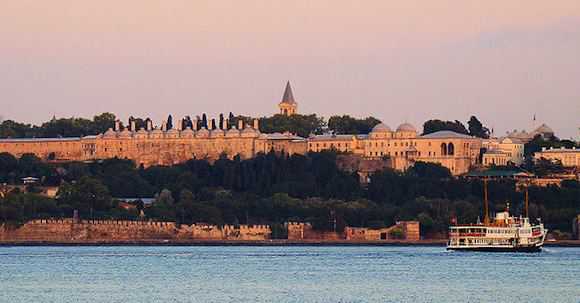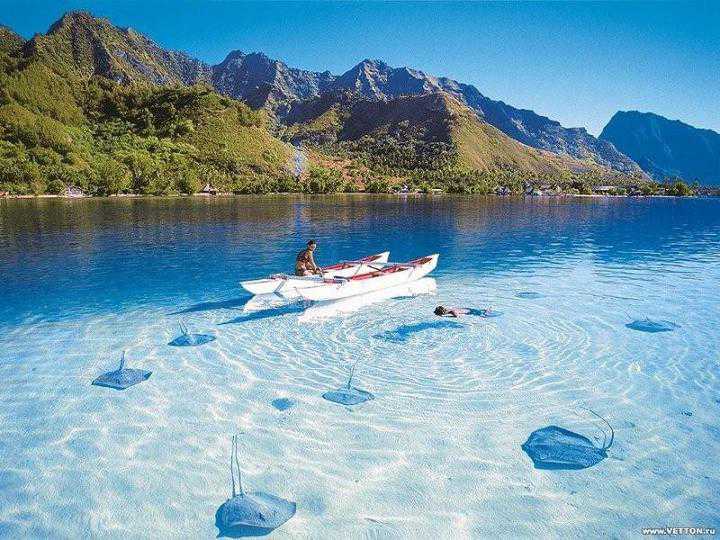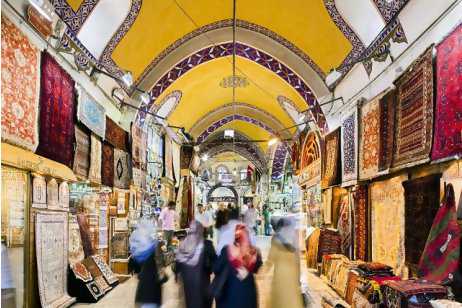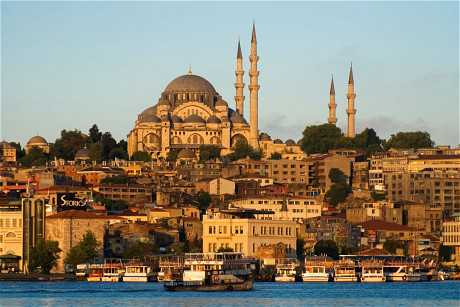Mohamed Khalifa Al Mubarak
Earlier this summer, the style magazine Monocle published its annual Quality of Life surveys where it identifies what it judges to be the top 25 cities in the world. It is an interesting reflection on what makes people excited to live where they do.
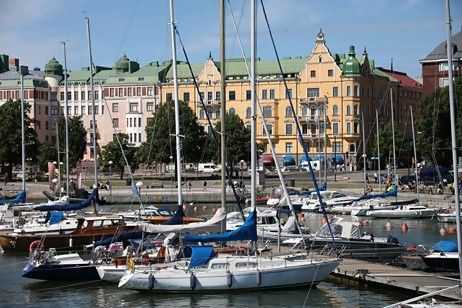
Helsinki, Finland’s capital, topped the list.
I know what you are thinking: why would a city where the sun doesn’t shine much for a large proportion of the year get rated as the best place to live in the world?
Monocle says Helsinki’s selection is due to its “fundamental courage to rethink its urban ambitions, and for possessing the talent, ideas and guts to pull it off. Crime is low, unemployment rates sound, the education system world class, and the city’s food culture is thriving. Entrepreneurship and innovation is present in a young, skilled and technically proficient business culture. And the city’s hardware generally manages to perform like a dream.”
I think we’d all agree these are strong elements for any great city.
Trying to define the characteristics of what makes a city a great place to live is an issue never far from the top of the agenda for civic authorities, urban planners, architects and developers.
So what makes a city “liveable”?
Over recent years there have been attempts to apply scientific criteria to the question of a “liveable city”. Designed with the original intention of helping multinational companies decide where to open offices or plants and how much to pay employees, through relative grades in areas such as stability, health care, culture and environment, education, and infrastructure, such lists attract much attention and discussion.
The annual Quality of Living Survey from the consulting firm Mercer compares 221 cities based on 39 criteria. New York is given a baseline score of 100 and other cities are rated in comparison. Important criteria are safety, education, hygiene, health care, culture, environment, recreation, political-economic stability and public transport. The top of the list is dominated by Europe. It is not the only ranking list with a rather Anglo-Saxon perspective.
In the annual list compiled by The Economist magazine, Canada, Australia and New Zealand top the list, with Vancouver at the number one spot. The Economist explains its criteria thus: “Cities that score best tend to be mid-sized cities in wealthier countries with a relatively low population density. This often fosters a broad range of recreational availability without leading to high crime levels or overburdened infrastructure.”
That sounds like Abu Dhabi.
But Abu Dhabi is not close to the top of these league tables of liveable cities. I don’t want to dismiss the beautiful cities that consistently top the liveable lists of Forbes magazine, Mercer and The Economist – Vancouver, Vienna, Zurich, Geneva, Copenhagen and Munich. They are clean and peaceful and well designed – all great characteristics in a city. But they are rather monocultural; they lack the friction, the energy and the buzz that make some cities more exciting places to live.
A more interesting best place to live list came from readers of the Financial Times, in May this year. Numbers two and three on the FT’s list were London and New York. No surprises there for their fans in the UAE: both have energy and excitement (and lots more besides) that many people look for in a place to live.
But the city that came out top was Istanbul. Surprising? Not really. There is nothing boring about Istanbul. It is cosmopolitan, busy, young in its population but historic in its fabric, socially mixed, accessible and a city that has always built on its status as a bridge between not just continents but civilisations, ideas, religions and peoples. Istanbul is an exciting city. Could you have an enjoyable and exciting time there? Definitely. Live there? Possibly.
And that is precisely the issue when it comes to liveability. Everyone’s criteria are different. After the mandatory issues such as safety, low crime, efficient infrastructure, far-sighted government and thriving economy, the rest is really up for grabs; a matter of personal choice.
So what about Abu Dhabi? From the perspective of the liveability indexes, it has many advantages. It is able to learn from the examples of other cities and incorporate the best into its plans – in education, healthcare, leisure, enterprise and infrastructure. The development of Abu Dhabi is focused on developing community environments that meet the needs of one of the most diversely populated cities in the Middle East. Its position as a relatively new city makes it easier to initiate measures – from infrastructure to recycling – than in a more established metropolis.
As the French philosopher Rene Descartes wrote when describing Amsterdam in the 17th century, a great city should be “an inventory of the possible”.
There is no doubt residents in Abu Dhabi are on a journey towards fulfilling their own list of dreams and our ambitions of the possible.
But the heart of a city cannot be located in buildings, plans and statistics. This lies in its people. Throughout the world the cities that are most alive, most “liveable” contain a mix of social and economic classes. When cities are doing things right, lots of people want to come to live in them, with a resulting buzz that comes from a diversity of population.
These are characteristics at the heart of great cities. You won’t find them in a list. In these, Abu Dhabi is strong. And could be great.
* Mohamed Khalifa Al Mubarak is the deputy chief executive of Aldar Properties.
via Full: What makes Helsinki and Istanbul ‘liveable’? – The National.

